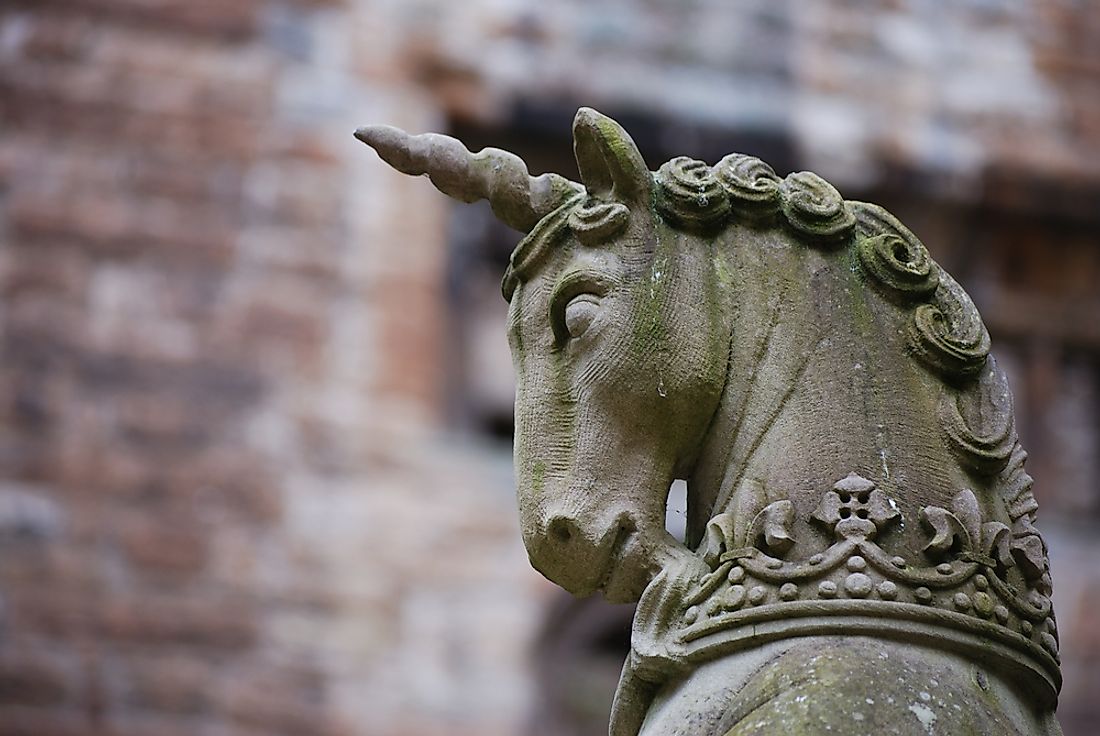What is the National Animal of Scotland?

Introduction
The national animal of a country represents the values that are important to a nation. Scotland’s culture is full of superstitions, myths, and legends. It is to this respect that the Scots chose a unicorn as their national animal.
History of Unicorns
References to unicorns have been found dating back to times as early as the First Century AD. Old writings show that the creatures were worshiped by the ancient Babylonians. Despite being mentioned in different places around the world, the unicorns existence has been highly doubted and they appear to only be imaginative creations. Unicorns appear in Christian early stories and it is believed only a virgin can tame them. Their association with religion makes them very rare and precious. Unicorns represent a variety of qualities and are seen as royal herald creatures. In different countries, people have modified the unicorn's appearance. The magnificent horse has cloven hooves, the tail of a lion, and a horn in the middle of its head.
Relevance to Scotland
In Scotland, the unicorn symbolizes innocence, purity, healing powers, joy, and life. The animal also represents masculinity and power. The unicorn is the perfect combination of male strength and female fostering.
The unicorn represents the following features:
- Beauty and courage
- Boldness, pride, and intelligence
- Freedom and wildness
- Danger when untamed
The unicorn is believed to be very dangerous when running wild and the only way the animal can be contained is in captivity. Many stories say that the only way a unicorn can be captured is by being lured into an ambush by a virgin. In older drawings of the animal, the unicorn appears to be chained but trying to tread away, emphasizing how dangerous the creature can be.
Scotland is a very bold, fierce, and proud country, and when the country struggling to get its independence from political persecutors, the unicorn seemed to fit the profile of a national animal perfectly.
One of the earliest appearances of the creature in Scottish heraldry was in the Royal Coat of Arms which appears in Rothesay Castle. It is believed to have been carved in the 15th Century. Before the joining of England and Scotland under one rule, the Coat of Arms for Scotland was two unicorns. Once the two came under one rule, a Coat of Arms was created, featuring a unicorn on the right and a lion on the left representing Scotland and England respectively. However, their union was not amicable and it was less than friendly.
Conclusion
It is evident that Scotland's feelings on the union between themselves and England were subdued. The unicorn was picked as the national animal of Scotland to show the country's fierceness and pride, two qualities the unicorn represents.







